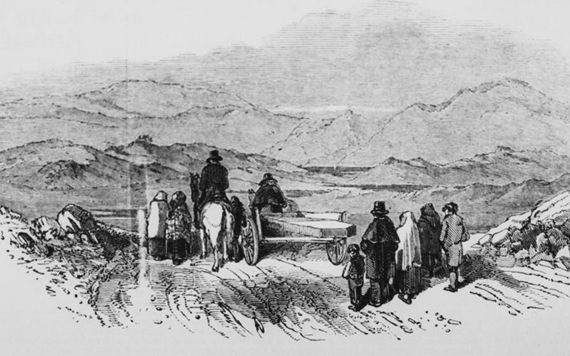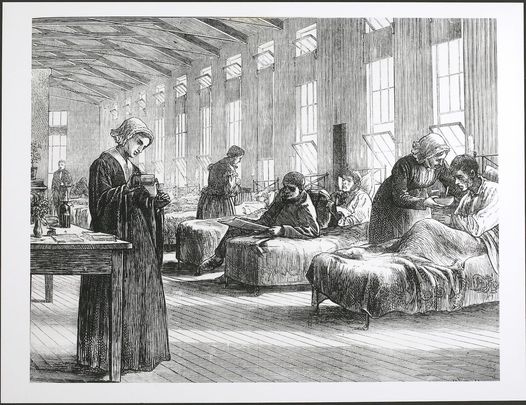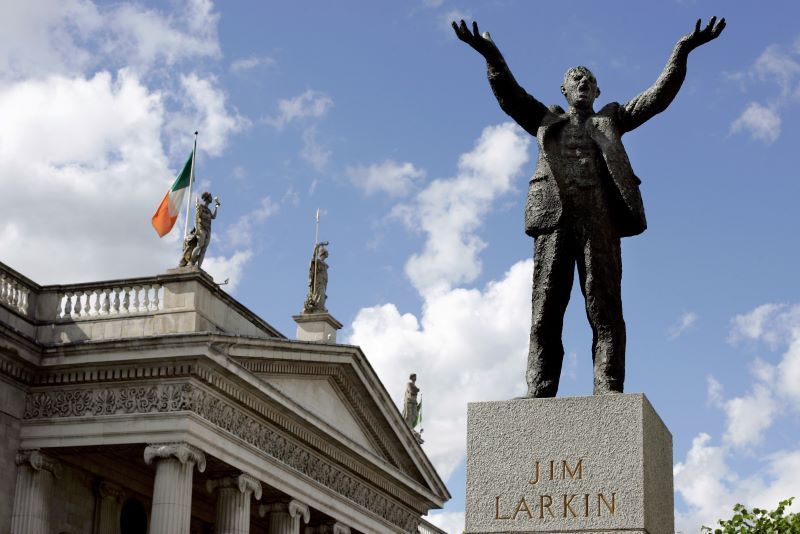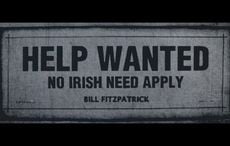By 1980, the killer disease of smallpox was eradicated thanks to a WHO vaccine campaign, but it was on this day in 1725, the first five children in Ireland were vaccinated.
Five Dublin children received the first voluntary smallpox inoculations in Ireland on this day, August 26, 1725.
Smallpox was an acute and infectious disease caused by a virus. It was characterized by high fever and large sores on the body that left scars. The disease is estimated to have killed up to one-third of its victims. Those who were not killed were left with pock-marked skin or even blind.
The name "smallpox" was coined in the 15th century to distinguish it from "great pox", better known as syphilis. However, smallpox's history on earth is believed to date back thousands of years.
In 1980, the World Health Organization officially declared smallpox eradicated after a ten year, $300 million global vaccination program. The last recorded death from this disease was in Somalia in 1977.
Smallpox in Ireland
In Ireland, the spread of smallpox from the 1600s onward inspired dread. Ireland's poverty and ignorance of infectious disease, at the time, had seen typhoid and dysentery ravage communities.
Between 1661 and 1746 smallpox is believed to have been the cause of 20% of all deaths in Dublin city and a third of all child's deaths in the area. It should be pointed out that this highly infectious disease did not discriminate. The rich, as well as the poor, were badly affected.
Vaccine in Ireland
By the 18th century, hope emerged and an inoculation technique was found. Since the 10th century, the Chinese had been inoculating people, by using a small dose of the disease. The technique did not arrive in Europe for almost 800 years.
This technique was first tried on prisoners in Cork Jail in 1721, presumably against their will. Four years later five children in Dublin received the inoculation on August 26, 1725.
Over the years this technique showed its effectiveness. The rich began to infest and inoculated their families. Throughout the 18th century, as the disease had periodic epidemics, the richer families were less affected.
By the middle of the 18th century, inoculation was in widespread use. The South Infirmary, in Cork, even initiated a program to inoculate the poor.
Sadly, of course, the unscrupulous saw an opportunity to make money as people queued up to receive the treatment. In Donegal, in 1781, all but one child, of a group of 52, died when an unqualified practitioner supposedly inoculated the group.
The Great Hunger
While inroads were being made against smallpox, with the emergence of the Great Famine in Ireland (1845 – 1849), the disease returned with a vengeance.

An illustration of a funeral during the Irish Famine.
This devasted even those who had found a way to make ends meet. Smallpox meant that even if you could survive the disease you would be unable to work for some time and many were pauperized by the lack of income and died eventually.
Eradication of smallpox
As Ireland emerged from the poverty and devastation of the Great Hunger, it was only from the 1880s that smallpox became more earnestly eradicated in Ireland.
In the 1870s over 7,000 died in Ireland from the disease. By the 1910s this was down to just 65 people. From 1901 to 1910 almost 1 million Irish were inoculated.
The last outbreak of smallpox in Ireland was in 1903. In Dublin, there were found to be 256 cases. Sadly elsewhere around the world even up to the 1960s smallpox was rampant killing up to two million lives per year and leaving millions more disfigured and blind.
Thankfully by the 1980s, the WHO's world vaccine program had done its work and now the world is free of this disease that plagued the earth for thousands of years.
Listen here to journalist Myles Dungan's great explanation of this historic date:
H/T: Myles Dungan / omicsonline.org.
* Originally published in 2020, updated in Aug 2025.




Comments